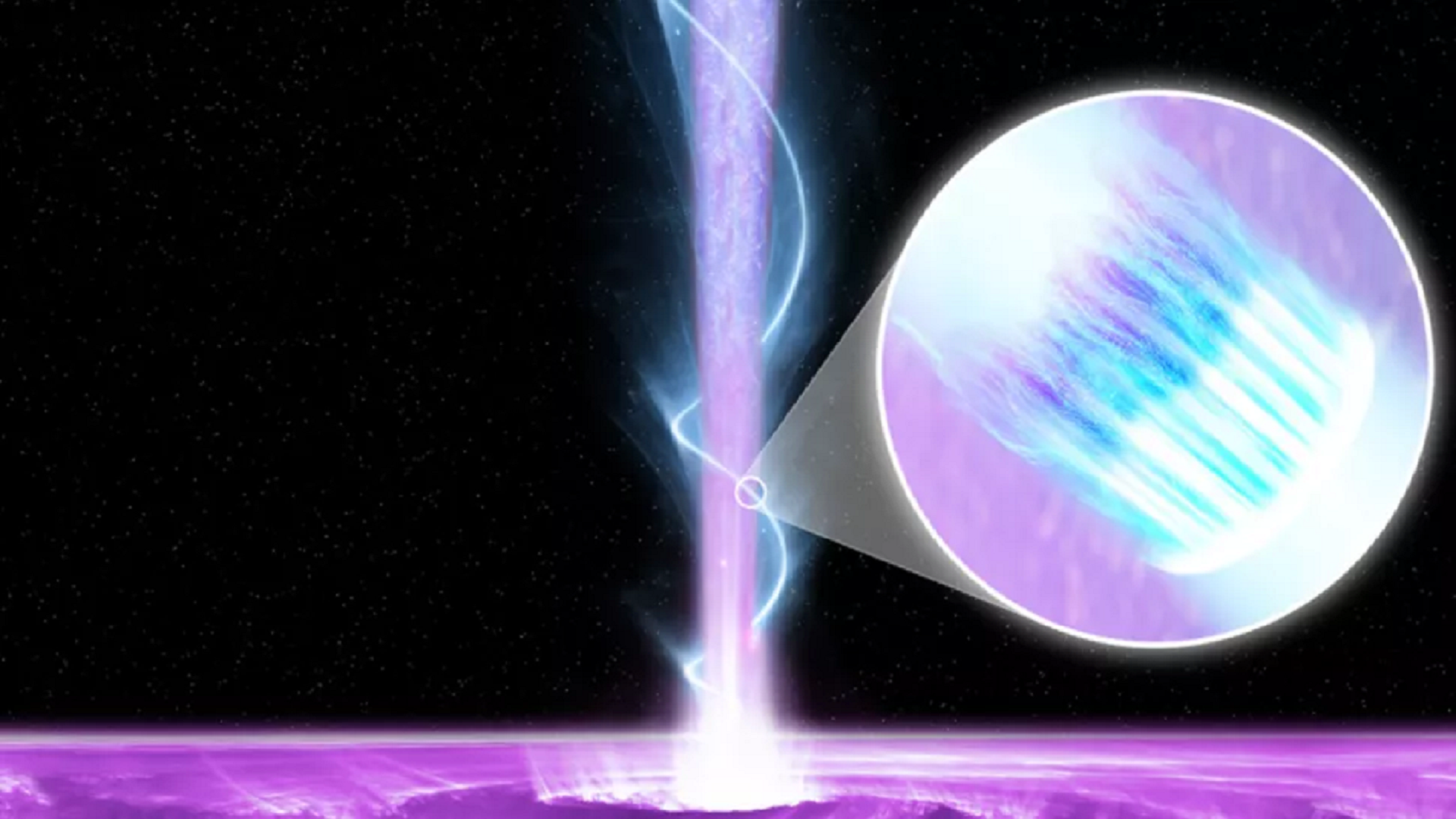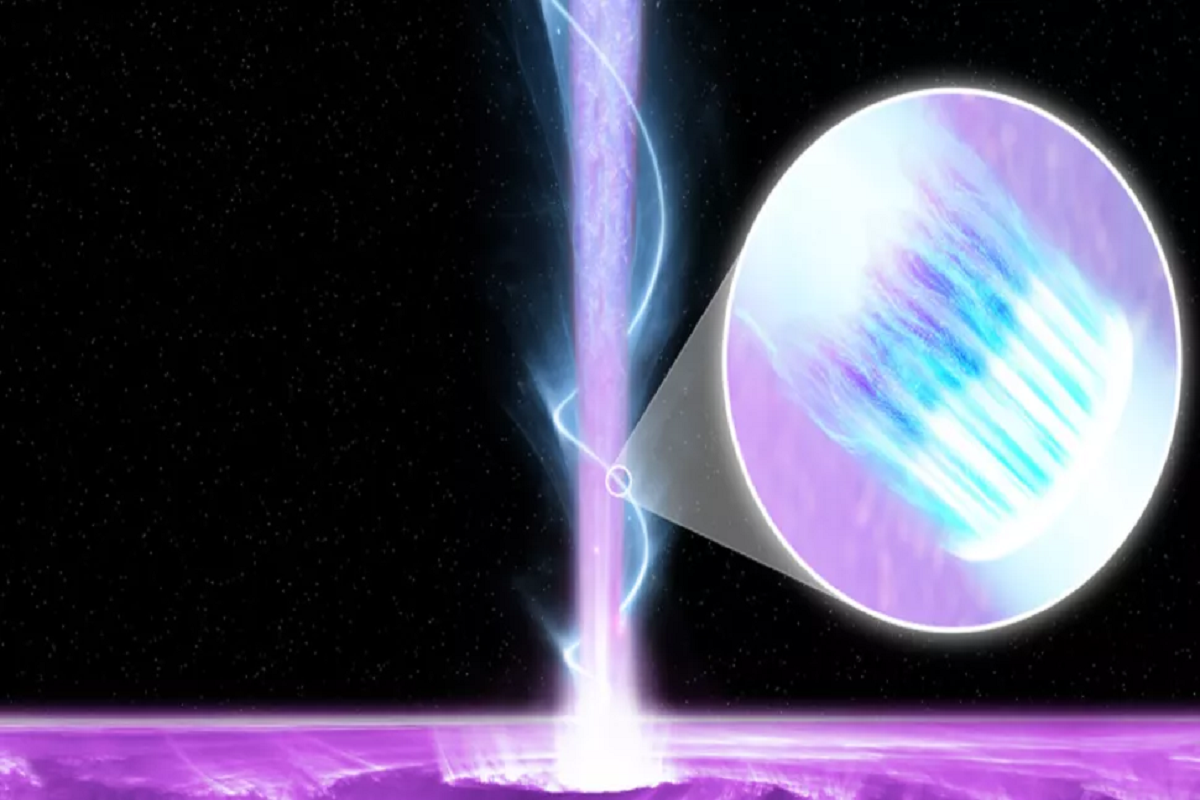A NASA mission spotted a powerful black hole aiming its energetic jet straight at Earth. But don’t worry, it’s far away, about 400 million light-years distant.
Supermassive black holes are surrounded by swirling disks called accretion disks, which gradually feed them over time. Some material from the disks is channeled toward their poles and then blasted out at incredibly high speeds. These events are called blazars.
The blazar observed by NASA, called Markarian 421, is located in the constellation Ursa Major. NASA’s Imaging X-ray Polarimetry Explorer (IXPE) studied it and found something surprising. The jet of particles coming out of Markarian 421 had a magnetic field with a helical structure in the part where particles were being accelerated.
Blazar jets can stretch across space for millions of light-years, but we still don’t fully understand how they are launched. The discoveries made with Markarian 421’s jet may give us more insights into this cosmic phenomenon.
The reason blazars are so bright is that particles approaching the speed of light release enormous amounts of energy. This behavior follows Einstein’s theory of special relativity. Blazar jets are even brighter because their orientation toward Earth causes light waves associated with their jets to bunch up, increasing their frequencies and energies.
Blazars can shine brighter than all the stars in their galaxies combined. IXPE’s observations of Markarian 421 provided valuable information about the physics in the jet’s heart and identified the glowing beam’s origin.
Previously, models suggested that blazar jets have helical magnetic fields, but they didn’t predict that these fields would host areas where particles are accelerated. IXPE’s data showed surprising rotations in the polarization of the jet, indicating a twisting magnetic field.
This twisting magnetic field appeared to carry a shockwave, accelerating jet particles to relativistic speeds. The observations from IXPE’s study of Markarian 421 and another blazar, Markarian 501, supported the idea that helical magnetic fields contribute to the acceleration of jet particles.
These discoveries enhance our understanding of black holes and the extreme cosmic events surrounding them. IXPE’s observations have been beyond the researchers’ expectations, opening up new possibilities for studying magnetic fields and particle acceleration in relativistic jets.
Understanding these phenomena helps us comprehend the intricate workings of our Universe and the powerful forces that shape it. Studying distant cosmic events like blazars gives us valuable insights and sparks our curiosity about the vast and mysterious cosmos.


Leave a Reply